Delayed onset muscle soreness or DOMS, is commonly experienced post massage therapy and exercise. I always tell clients to expect tenderness for up to 72 hours post treatment but for the rare occasions that they don’t, take that as a bonus. Depending on the situation, applying ice, heat or taking contrast baths can be helpful in reducing symptoms.
So, what causes muscle soreness?
You know that feeling the next day after an intense workout that you haven’t done in a while? That tenderized, bruised feeling, but you’re not actually bruised? That is delayed onset muscle soreness. During anaerobic exercise or without oxygen, the breakdown of glucose during glycolysis occurs and lactic acid is produced as a by -product of pyruvate. Without adequate cool down to circulate waste back to the heart for recycle, metabolites remain in muscle tissue and prevent optimal muscle function, resulting in tenderness and inflammation. When stress or load is placed on muscles (weight training), muscle fibers become micro torn which is essential for muscle growth (hypertrophy) of muscle cells, resulting in larger muscle mass and increased strength. This micro tearing, stimulates an inflammatory response to tissue repair, also resulting in muscle soreness, to allow for the next step of tissue remodeling. During the next phase, remodeling cells (fibroblasts) lay new ground substance to build and repair tissue that has been damaged by scarring.
So, what does this have to do with massage therapy and why is it necessary?
Massage therapy applies a mechanical force to soft tissue, resulting in local inflammation which is the first step to tissue repair. This is necessary to relieve soft tissue injuries by stimulating the natural healing response of the body. With the migration of inflammatory cells, also comes the migration of pain cells (cytokines), which is why with inflammation and redness there will always be pain. I don’t believe entirely of the “no pain, no gain” theory but it is inevitable that if you have sustained an injury, you are already going to be in pain, and if I am going to treat that area with the intention to stimulate healing, you will probably feel some pain. However; it is important for the therapist and client to keep open communication about pressure/pain tolerance for treatment safety. Visible bruising should not be experienced, unless there are other factors involved, for example blood thinners, hemophilia or clotting disorders, but under normal circumstances only the feeling similar to that of bruising will be experienced.
That being said, I treat my clients the way I like to be treated; with not too much pressure but enough to know I was there, and most importantly, treating effectively.







